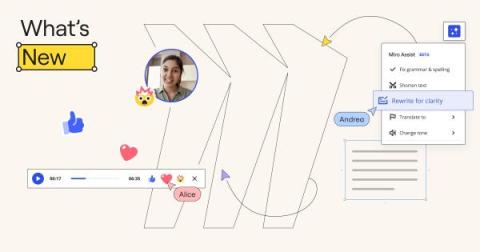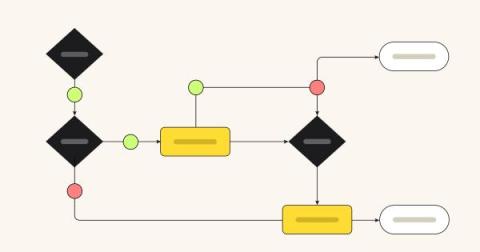Your guide to understanding (and improving) organizational efficiency
There’s a difference between getting the work done and getting the work done well. As a leader, you’re likely most focused on the second part. You don’t just want to get random tasks across the finish line at any cost — you want to maximize your team’s resources and deliver high-quality work that makes a meaningful impact on your organization. Whether you use the academic term to describe it or not, what you’re working toward is better organizational efficiency.











